Most of them know that carbon fiber has ultra-small specific gravity and ultra-high strength, and also has excellent properties such as high temperature resistance and corrosion resistance, so it has been used in many fields such as medical equipment, rail transit, and automobile industry. Let’s take a look at several machining methods commonly used in carbon fiber products.
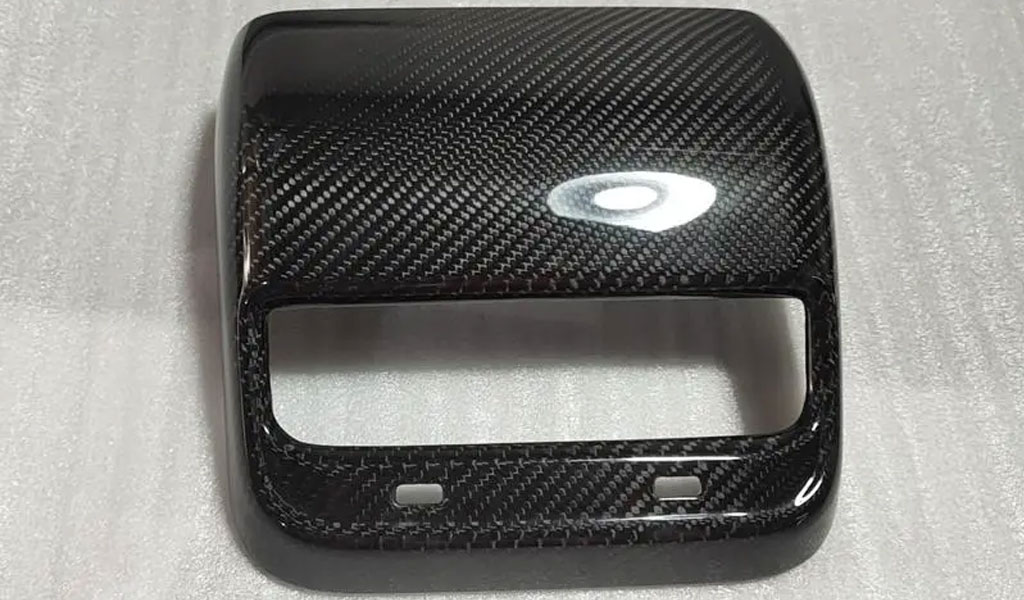
Milling: Milling is a machining method for remachining finished products. It is the most widely used and most basic method for carbon fiber material machining. It requires high machining precision. There is a complex interaction between the milling cutter and carbon fiber during the machining. relationship, prone to uncut yarns and delamination.
As an excellent material with high strength, high modulus and lightweight, carbon fiber is widely used in aviation, aerospace, automobiles, ships, sports equipment, construction and other fields.In the processing and manufacturing of carbon fiber products, molding is a common cnc machining method. This article will introduce the main steps and advantages of the carbon fiber molding method.
The carbon fiber molding method mainly includes five steps: mold design, mold manufacturing, preforming, shaping and subsequent processing.
Mold Design
The key to the success of carbon fiber molding lies in the precise design and manufacturing of the mold. Mold design needs to be comprehensively considered based on the shape, size, wall thickness and other parameters of the product, and corresponding 2D and 3D drawings should be drawn using CAD, CAM and other software to ensure the accuracy and uniformity of mold opening.
Mold Manufacturing
According to the designed drawings, molds with predetermined geometric shapes and precision are manufactured. Commonly used materials are composite materials, metals, etc. At the same time, in order to improve the durability and service life of the mold, techniques including electrolytic polishing, spraying, etc. can be used for surface modification.
Preform
Preforming is a process in which prepregs are made into non-woven fabrics and fiber cuts that conform to a predetermined shape, thereby forming products. The main purpose of preforming is to ensure the uniformity of the carbon fiber material and the consistency of the fiber direction to reduce distortion during the subsequent molding process.
Finalize
Shaping is to put preformed fiber reinforced materials into a furnace through a mold and heat them to make them highly plasticizable. At the same time, the preset mold shapes these materials into a predetermined template shape. The shaping process is mainly completed through good compaction and heat curing inside the mold.
Follow-up Manufacturing
Subsequent processing includes cutting, trimming, drilling, punching, assembly, surface treatment and other processes to obtain the required final product.
- High manufacturing precision: Carbon fiber molded products have smooth surfaces, uniform wall thickness, stable geometric dimensions, good controllability, and high-quality appearance and mechanical properties.
- Fast molding speed: Compared with other molding methods, the carbon fiber molding method can produce finished products quickly, and at the same time, it can produce products in large quantities that meet the volume increase.
- Easy to design: The carbon fiber molding method is easy to design and manufacture through CAD or CAM software, so new, high-quality carbon fiber products can be produced.
In short, carbon fiber molding manufacturing and processing has the characteristics of high precision, high efficiency, high quality, and low cost. It is widely used to manufacture lightweight and high-performance products, and plays an important role in improving the competitiveness of enterprise products.
Turning machining: generally suitable for the realization of the predetermined tolerance of the cylindrical surface, the feed rate, the cutting depth and the cutting speed in the machining process will affect the degree of damage to the finished workpiece. This machining method is often used in the production process of carbon fiber rollers, as well as grinding.
Drilling machining: The workpiece requires bolt or riveting assembly, which requires drilling operations. During the carbon fiber machining, there are still material delamination, tool wear and quality problems on the inner wall of the hole.
As a professional carbon fiber manufacturer, China Be-cu Prototype Material Technology Co., Ltd. has large hydraulic presses, hot-press forming tables, high-speed CNC milling machines and other equipment. The development team provides a perfect foundation for the production of high-quality carbon fiber products.
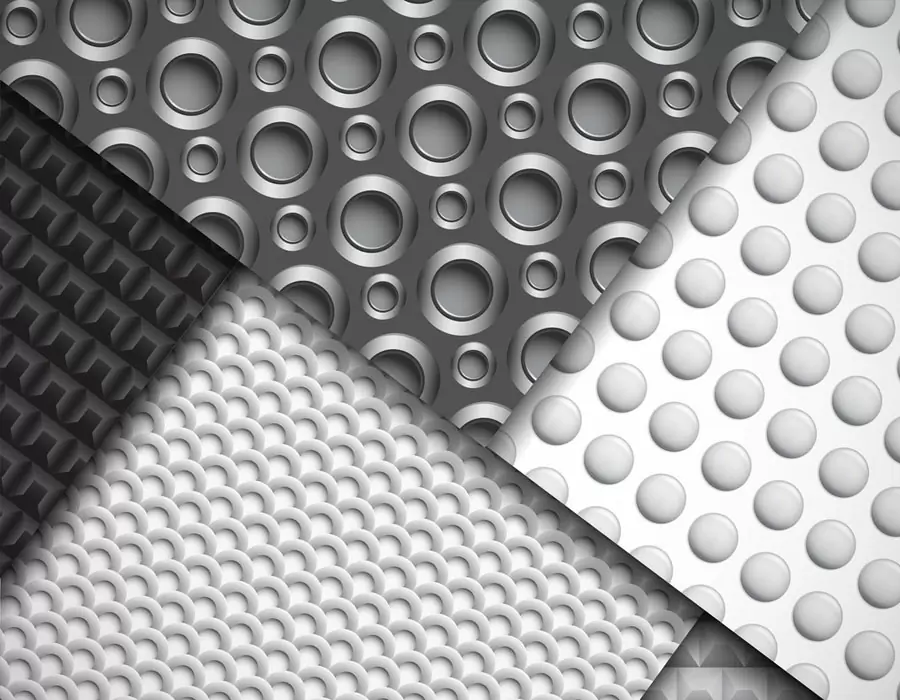
ISO 9001 certified. BE-CU Prototype Offering CNC machining carbon fiber and other manufacturing services for carbon fiber marterial. Various capabilities include notching, labeling, drilling carbon fiber, grinding, laser cutting carbon fiber, finishing, plating, marking, CNC milling carbon fiber and turning carbon fiber.We stock high quality 3k carbon fiber sheet in a variety of thickness, types and finish. Its a great material used in applications where light weight and strength are needed such as drones. Unlike other workshops, we have no min order and are often filling orders with a single part. We also don’t make you pay for the full sheet and you only get charged for what is used. With a large selection of material, you should find everything you need to make your project come to life. We are also able to handle larger production runs and provide a competitive pricing. If we don’t have the material or finish you require, we are more the willing to look at bringing it in for you.
What Is Carbon Fiber?Carbon fiber is made of polyacrylonitrile (PAN) (or pitch, viscose) and other organic fibers by carbonization (removal of most elements except carbon) by pyrolysis method under inert gas at high temperature above 1,000 °C. Inorganic polymer fibers with a carbon content of more than 90%.
-

3D Printing Continuous Fibres
-

3D Printing Short Fibre Filled Wires
-
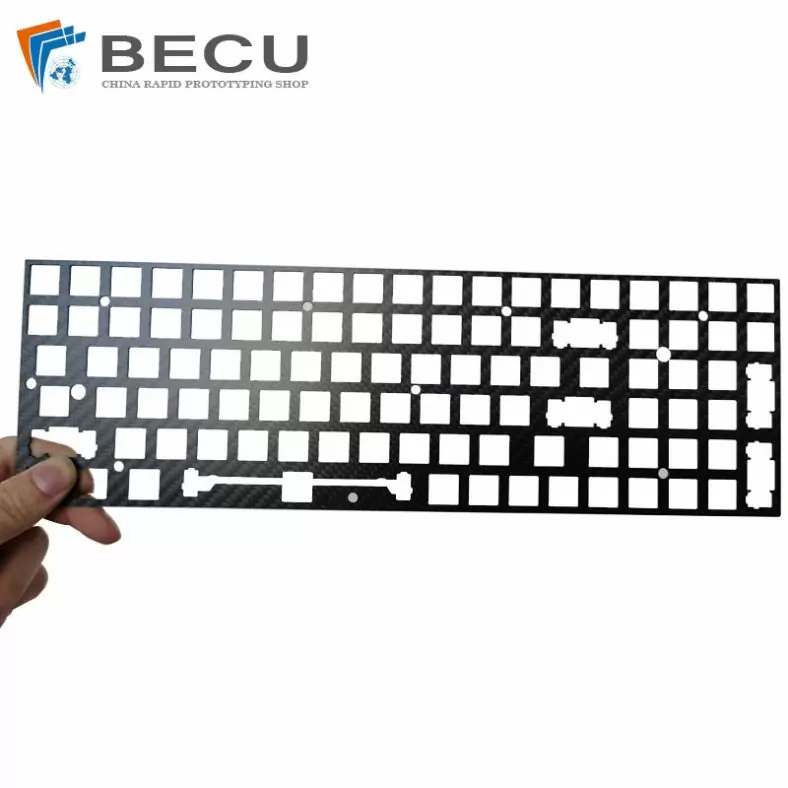
Laser Cutting Carbon Fiber Positioning Keyboard
-

Cnc Turning Industrial Copper-Aluminum Clad Carbon Fiber Machinery Parts
-
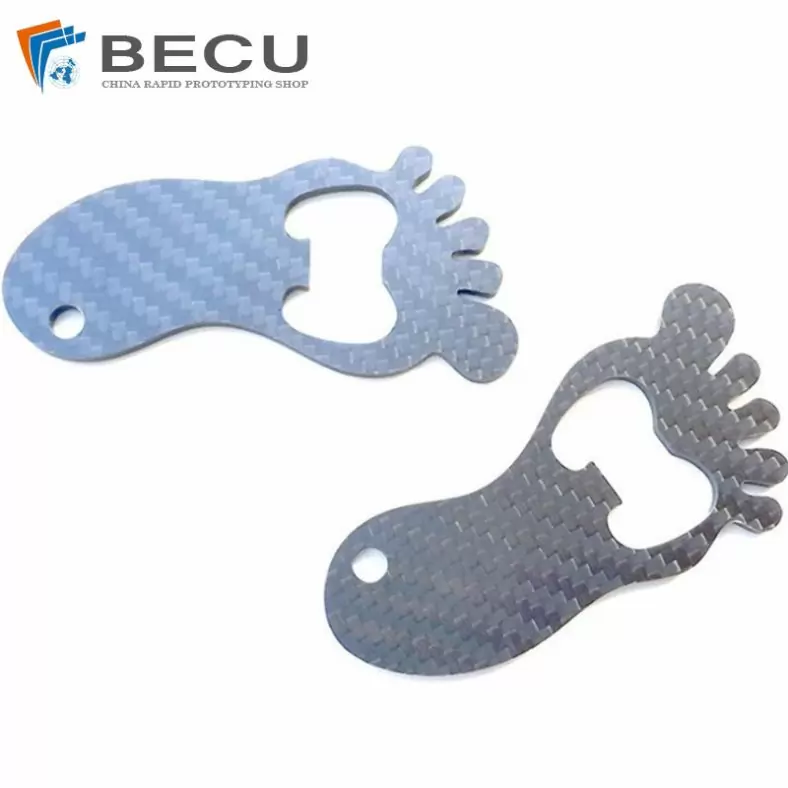
Carbon Fiber Luggage Tag Ornaments
-
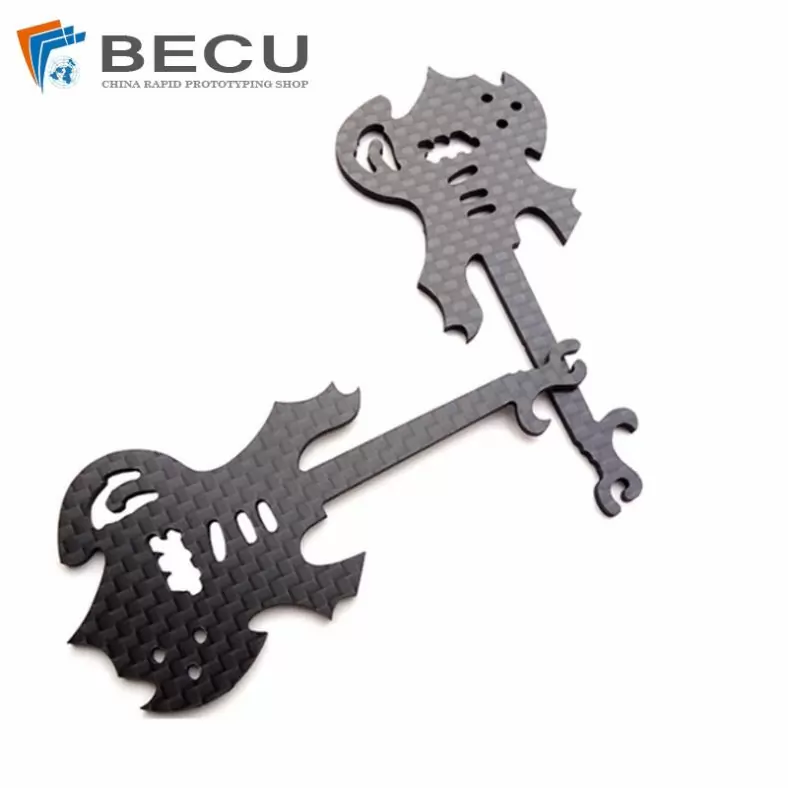
Laser Cutting Carbon Fiber Guitar Shape Crafts
-
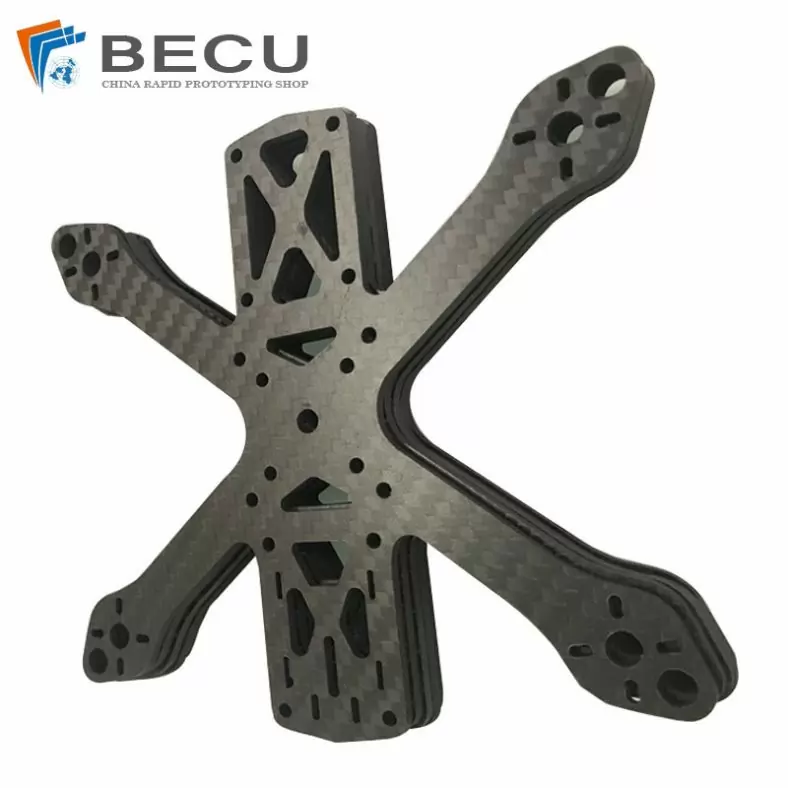
Laser Cutting Carbon Fiber Drone Rack
-
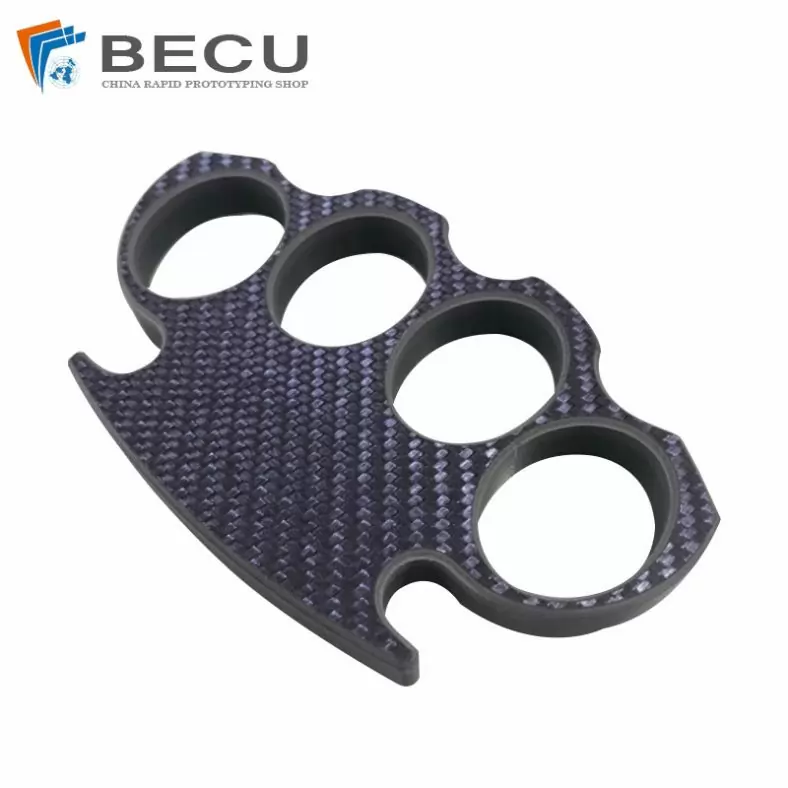
Cnc Milling Carbon Fiber Finger Buckle
